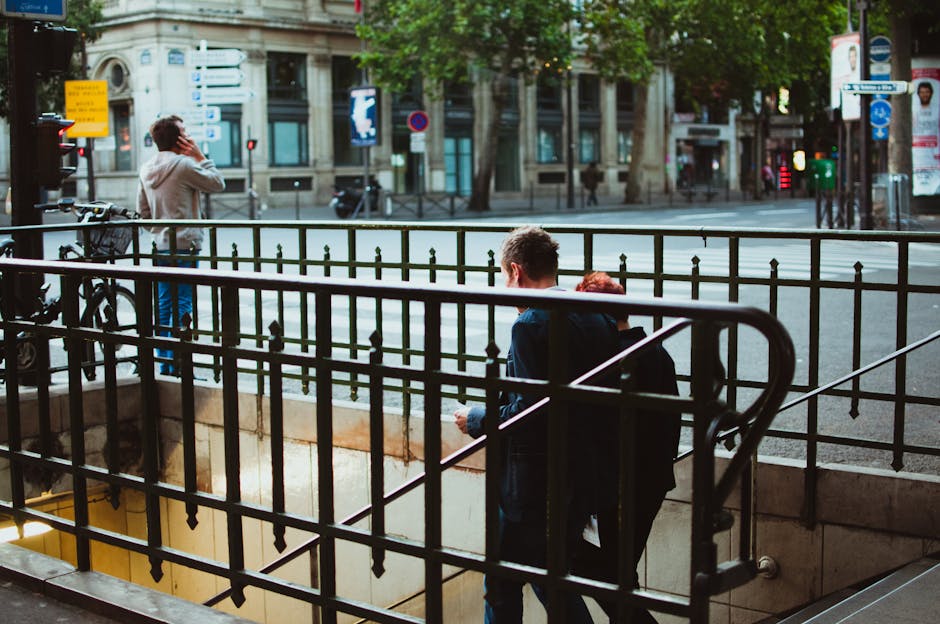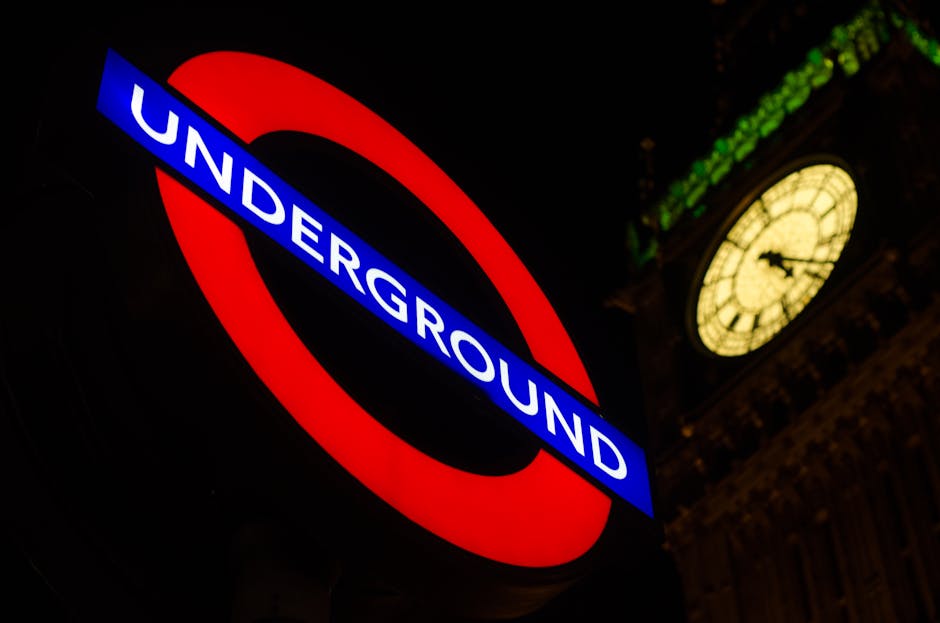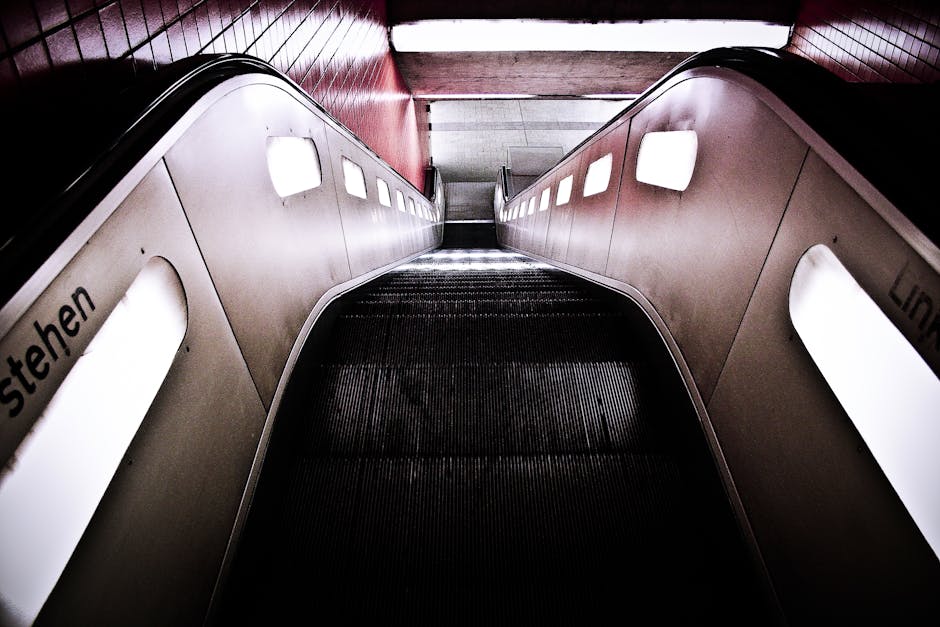If you live in London, you most likely take the underground every day. You hop on in the mornings to head to the office, in the evenings to meet friends, and at the weekends to head to the shops – you pretty much use it for everything.
The huge underground network spreads over 250 miles and can take you almost anywhere within the metropolitan area of London with ease – let’s be honest, what would we do without it?
And when you ride the tube, it’s like riding through history. At over 150 years old, the tube’s past is long, extraordinary and fascinating. So, as the Elizabeth line launched in 2023, what better time to talk about it?
Here’s a short timeline of the incredible London Underground:

10th January 1863: World’s first underground train emerges
The first train to carry passengers underground opens, running between Paddington and Farringdon Street, which are now part of the Circle line. Around 26,000 passengers used the line each day in the first six months. It’s the first of its kind in the whole world, built using cut-and-cover construction and powered by steam.
7th December 1869: Steam trains start operating under the River Thames
Marc Brunel and his son, Isambard Kingdom Brunel, built the Thames Tunnel as a foot tunnel in 1843. By 1869, enough money had been raised from visiting tourists to develop it into a transport cargo route along the River Thames.
However, due to the lack of ventilation shafts in the tunnel, excessive smoke built up, creating a very unhealthy environment for both train drivers and passengers, although it wasn’t electrified until 1913.
18th December 1890: The first electric underground railway opened
The first deep electric railway opened, running from King William Street in the City of London, under the River Thames, to Stockwell. The underground became known as ‘the tube’ at this point, and it has been known ever since.
1902: The UERL is formed
Charles Tyson Yerkes formed The Underground Electric Railways of London, which then built Lots Road power station, completed three new tube projects, and electrified the District Railway—all in just five years.
1908: The famous ‘Underground’ sign was first used
The world-renowned underground sign (known as the Roundel) and the name ‘Underground’ were first used. This was also the year that the underground introduced the first electronic ticket machine to stations.

1911: The first escalators were introduced
The first escalators were installed at Earl’s Court tube station and entered the underground system.

1933: Harry Beck designed the tube map
What image comes to your mind when you think of the tube? We’re guessing it’d either be the sign or the colourful map. Harry Beck presented the first diagram of the Underground map, basing his design on an electrical circuit.
500 copies were distributed from stations across London, followed by a further 700,000 copies the year after. They were a hit with the public, and though the design of the map would be tweaked over the years, the one we know today is still based on Harry’s original diagram
1940-1945: World War II hits the underground
During the turbulent Second World War, many tube station platforms were used as air raid shelters. Members of the public spent entire nights sleeping on the platforms to avoid the bombs which were falling on the Capital above them.
Today’s tube and the new Elizabeth Line
In 2007, it was the first year that one billion people used the underground in just one year. The tube has come a long way in 155 years, with the most recent development being Crossrail.
The new Elizabeth line, named after the Queen, stretches over 100km from Reading and Heathrow in the west through central tunnels across to Shenfield and Abbey Wood in the east.
The new railway built by Crossrail Ltd stops at 41 accessible stations – 10 of them new – and is expected to serve up to 200 million people each year.

Why not try out the London Underground for yourself whilst seeing some of the city’s top attractions?
Using our cluster three-way ticket, start at The London Eye and the Sea Life Centre, which are only a 5-minute walk away from each other, before jumping on the tube at Westminster Station and taking the Jubilee Line to Baker Street Station. From there, it’s just a short stroll to the famous Madame Tussauds Waxworks.
To learn more about the London Tube history, take our guided walking tour and visit the oldest Tube stations while hearing fascinating facts and anecdotes!






